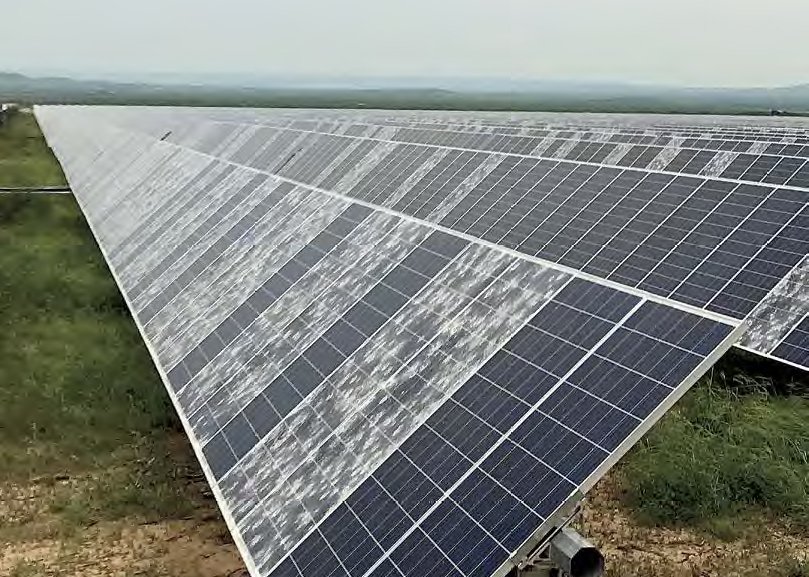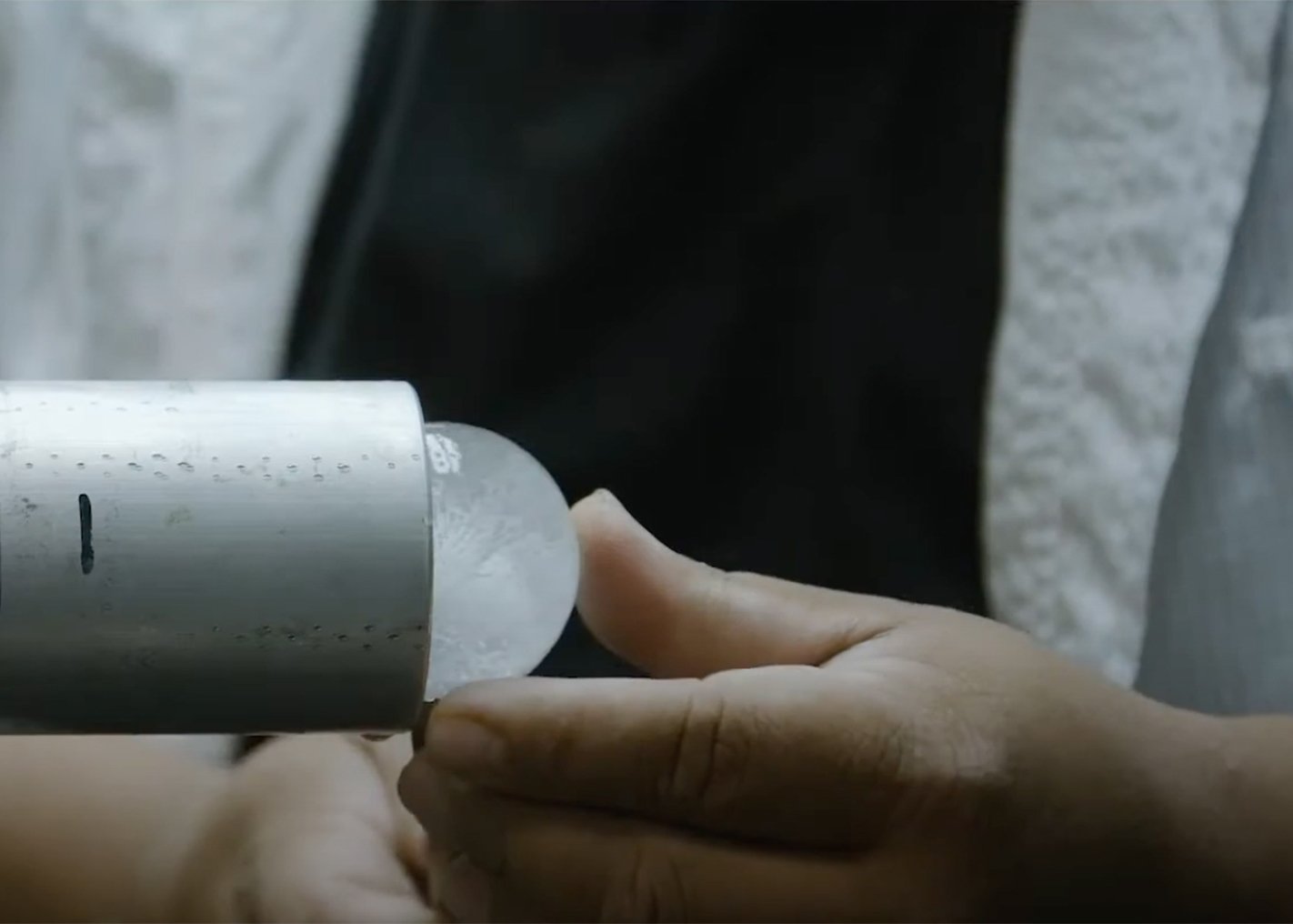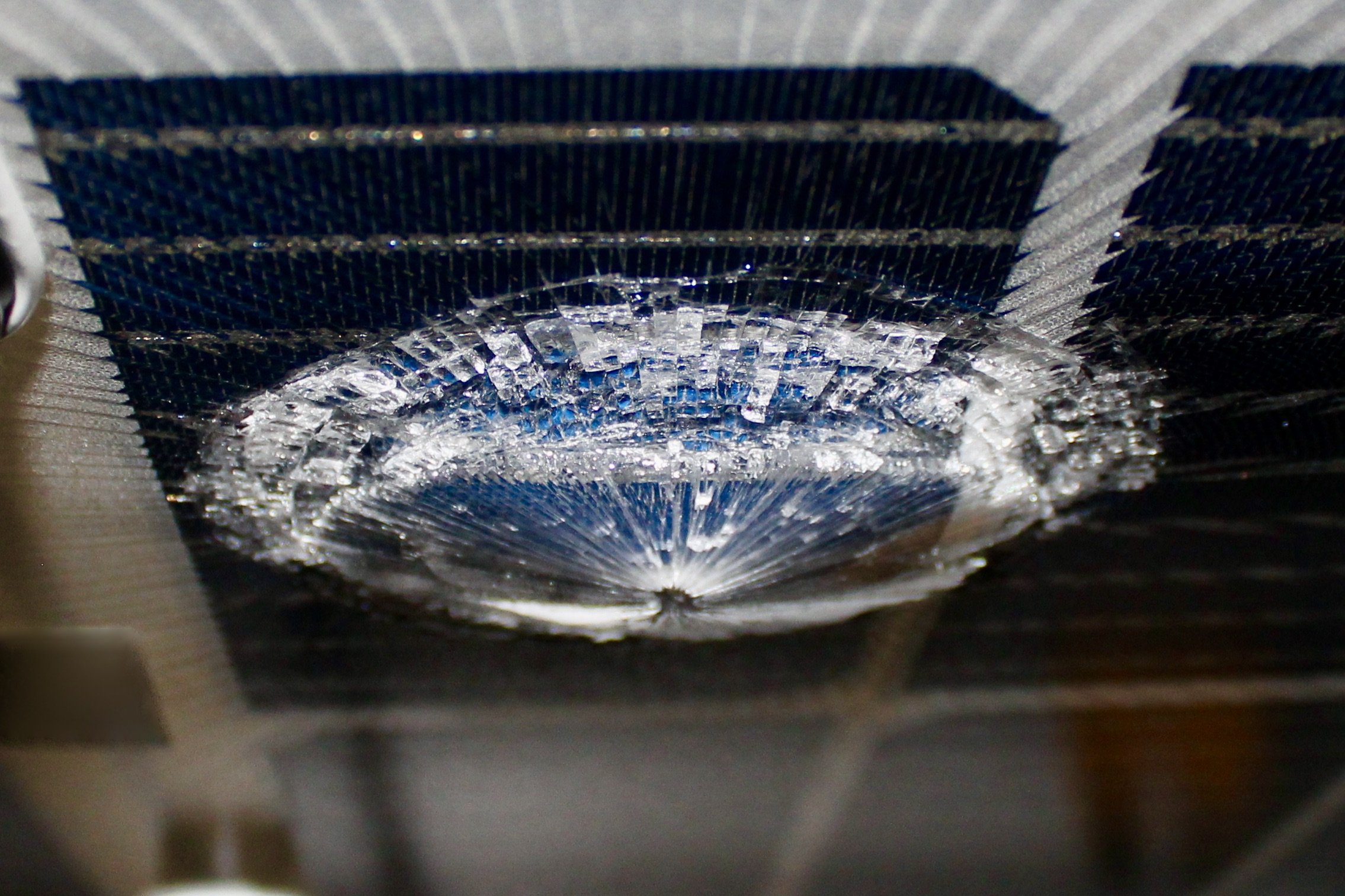Flat-Plate Solar Array Project
Funded by the U.S. government and led by the Jet Propulsion Laboratory (JPL) from 1975 to 1986, the FSA Project marks the genesis of the terrestrial solar market. RETC looks back at JPL’s ground-breaking work in the first of a series of articles about major milestones in PV module reliability and durability testing.
Large-Format PV Module Evaluation
The value proposition associated with large-format PV modules is so compelling that some industry analysts expect 500 W+ modules to account for 90% of the market by 2025. When evaluating large-format module designs for specific applications, however, keep in mind that upfront savings may come at a cost.
Mitigating Extreme Weather Risks
Since 2015, insured solar project losses associated with extreme weather events are roughly twice the magnitude of those stemming from natural catastrophes. Viewed as a learning opportunity for project stakeholders, this breakdown of weather-related losses is enlightening.
RETC’s Hail Durability Test Program
In May 2019, hail damaged some 400,000 modules at the Midway Solar generating facility in West Texas, resulting in a previously unimaginable $80 million in insured losses. Recognizing that basic certification test standards are inadequate to identify and quantify the project risks associated with hail, RETC developed its innovative Hail Durability Test (HDT) program.
Reliability Lessons from Texas
The solar boom in Texas illustrates the extreme highs and lows of life on the solarcoaster. Based on its sheer size and average sun hours, Texas is blessed with the nation’s best solar resource—it is also bedeviled by extreme weather risks that necessitate enhanced product testing protocols.





